You are viewing ARCHIVED content published online before January 20, 2025. Please note that this content is NOT UPDATED, and links may not work. Additionally, any previously issued diversity, equity, inclusion or gender-related guidance on this webpage should be considered rescinded. For current information, visit https://www.blm.gov/blog.
The making of a trail well-traveled
Public trails attract all kinds of recreationists and helping make sure you have easy trail access and safe travels on them are among the priorities of the BLM’s outdoor recreation planning staff.
Recently, two BLM Alaska Outdoor Recreation Planners, Stolf Short and Garrett Jones, attended training to ensure continued sustainable, safe access to trails to provide free enjoyment for current and future generations.
Short and Jones learned that by applying sustainable, or long-term use, practices to annual trail maintenance and future work plans, they can create benefits for trail users, the environment and even the economy. Short explained that the best route is really determined by the landscape and that before any trail takes shape on the ground, recreation planners consider these main principles:
- the landscape and what it can sustain
- the intended use and type of recreation (horse trail, dog sled, wheelchair accessible, multi-use, etc.)
- maintenance and upkeep of the trail
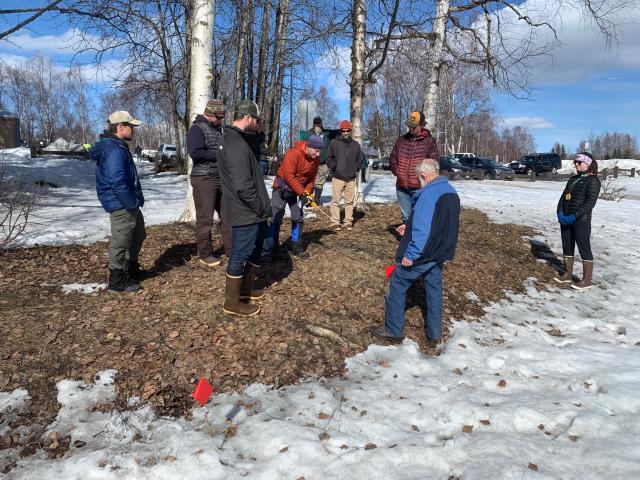
By inspecting any proposed route, outdoor recreation planners design with nature. Working with the natural landscape brings recreation in sync with healthy lands and waters. It also reduces maintenance and maintenance costs. A trail that is in sync with the landscape is not likely to be built in a narrow valley where rain and snowmelt will accumulate, which over time creates muddy unusable trails. Aligning with the landscape avoids expensive long-term maintenance, making trails economically sustainable too. The reduction in maintenance costs also helps prevent deferred maintenance, which means recreation facilities (latrines, parking lots, camp sites, picnic tables, etc.) associated with popular trails also stay in good condition for the long-term.
Recreation planners like Short and Jones spend time learning and accounting for how people use the trails and what it takes to help keep users safe on those trails. For example, recreation planners know people on horseback are safer with open space so they can see other users coming, especially those moving fast and quiet, like mountain bikers, that may startle the horse. A wider, more open and less technical trail can appeal to trail riders as well as more novice mountain bikers and may even be wheelchair accessible and ideal for grooming as a cross-country ski, fat tire bike and snow machine trail in the winter.
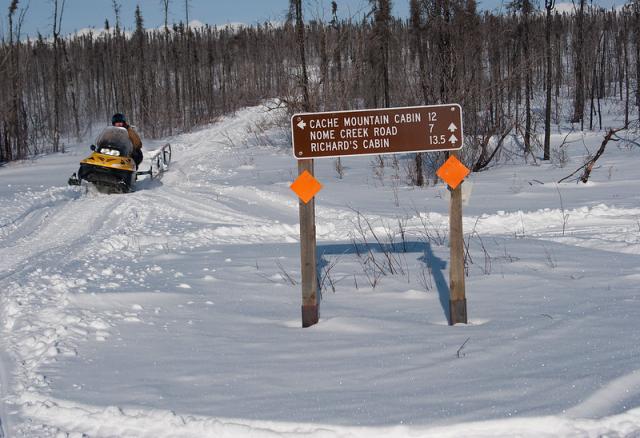
It’s hard and dirty work making sure trails are accessible and safe for a variety of users. To build wider, smoother multiple-use trails, recreation planners must create a route with a larger footprint using primarily physical labor and hand tools, such as a Pulaski tool (a tool that combines an axe and adze in one head commonly used by wildland firefighters) to breakthrough roots; shovels to dig and wheelbarrows to move soil, rakes to smooth the surface and create slope for runoff, and hoes to cut neatly into hills both big and small. It is demanding and slow work, but the extra effort is worth the benefit to welcome a maximum number of users to a trail that can last decades.
“You need to build it for compatibility and always be thinking of future use,” Jones explained. “People’s equipment is getting bigger and heavier, like with electric bikes or eBikes, and we have to keep up with the times of recreation technology and what’s safe.”
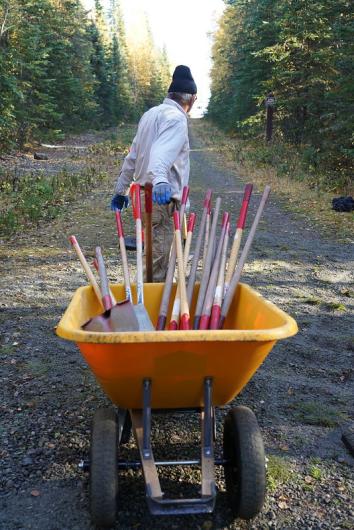
In some cases, Jones and Short might need to reroute an old trail that is perpetually muddy or make a social trail, an unofficial trail made by trail users, permanent. Ensuring the updated or permanent trail is sustainable could require small but important changes.
“Recreation planners may not keep the original routes created by users,” said Short. “We may re-route the trails within a pre-determined corridor for resource protection and sustainability.”
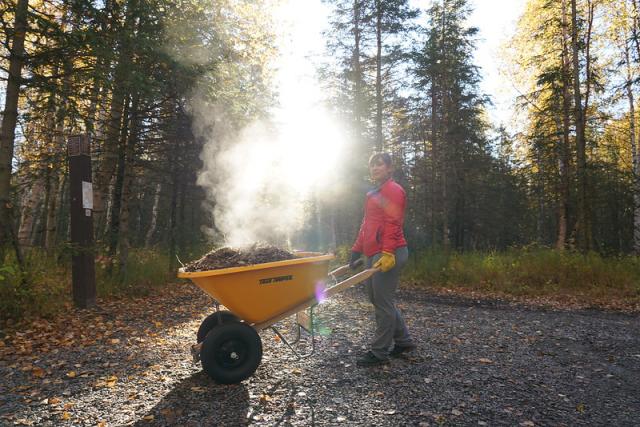
For example, many of the recreation trails in the White Mountains National Recreation Area were created by prospectors decades ago with one priority: creating the most direct route from one place to another for a few people. Over the years things evolved and the priority of the trail has evolved for the enjoyment, scenic value, accessibility and use by multiple groups.
Keeping up with the times and implementing sustainable trail principles allows recreation planners who have small staff and small budgets to save time and money. This time savings allows them to shift their focus from the most acute problem areas and focus more proactively on overall trail maintenance and improvements. When the shift to sustainable trail building happens, it means mudholes are fewer and entire trail systems become even more picturesque and memorable.
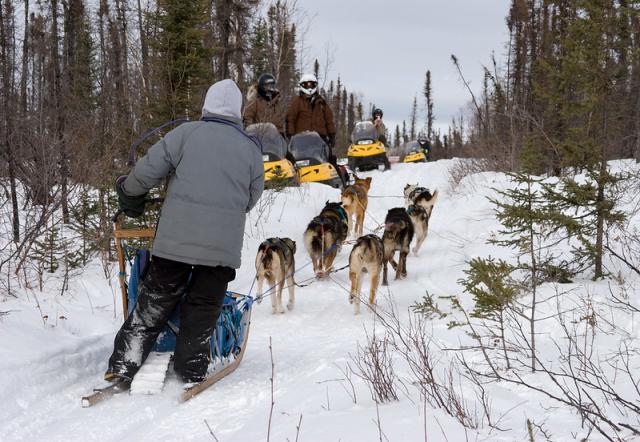
Most importantly, applying sustainable trails principles can help Jones and Short improve the experience and safety of about 1 million annual visitors to BLM-managed trails state-wide.
That’s 1 million people each year who will make memories of their time on their public lands while also ensuring healthy, functioning ecosystems, clean air, clean water, and abundant wildlife remain on a trail well-traveled.
*For information about trail right of way and etiquette, please visit this trail hierarchy graphic.
Melinda Bolton, Public Affairs Specialist
Related Stories
- Popular posts: BLM's most viewed blogs of 2025
- Take a First Day Hike on Your Public Lands
- Using science to uncover mysteries of the Mesa archaeological site in Alaska
- Historic Umtanum Suspension Bridge wins international footbridge award
- Agua Fria National Monument: A desert oasis with a rich history and a vital present
